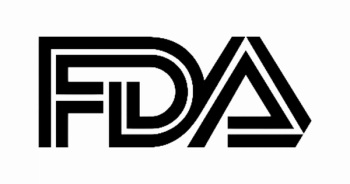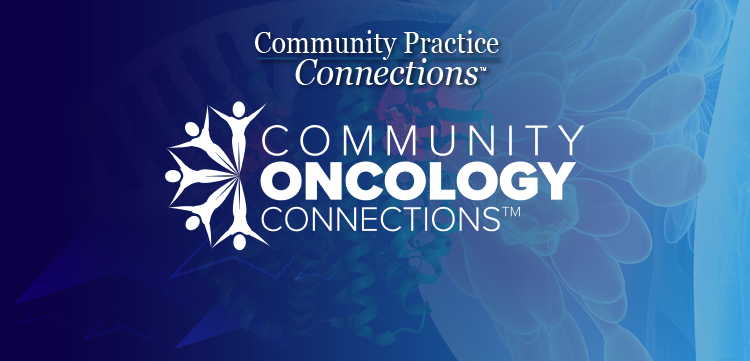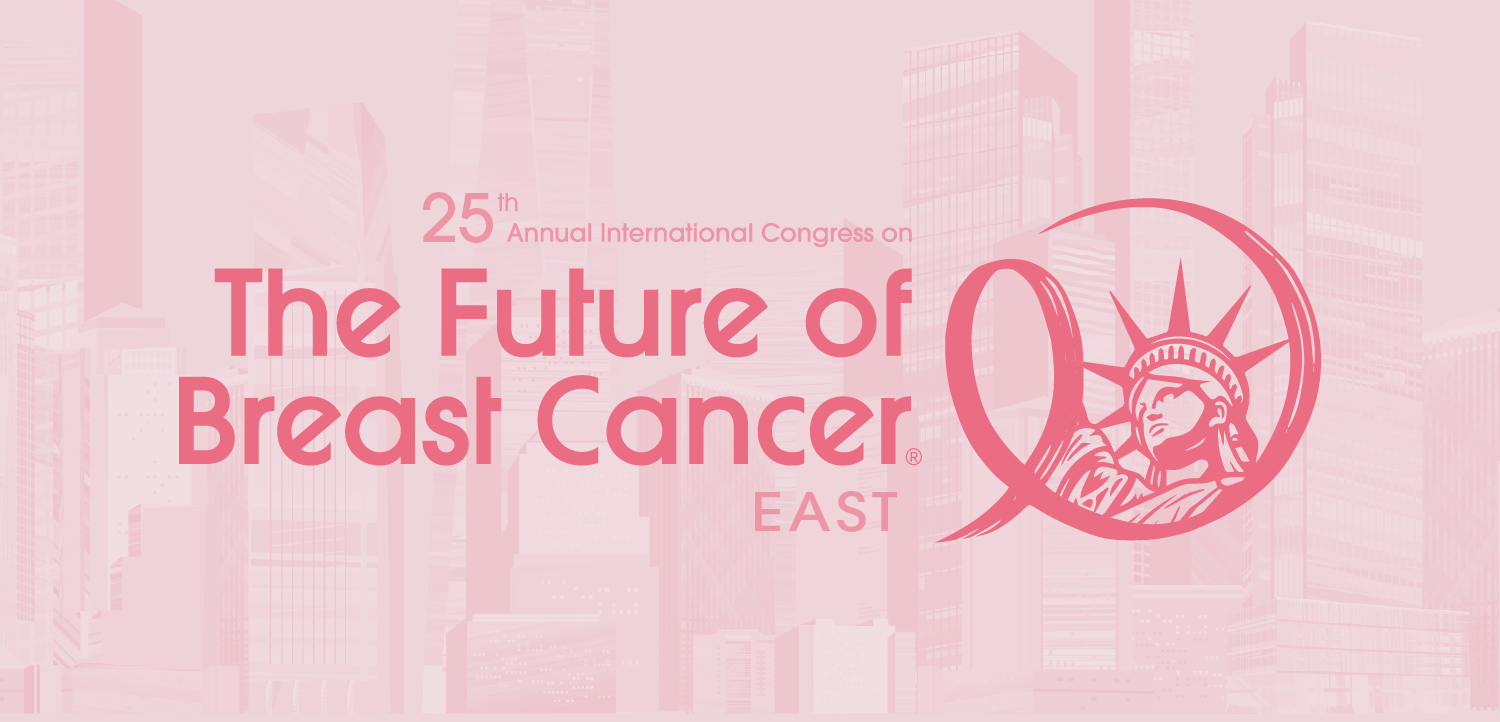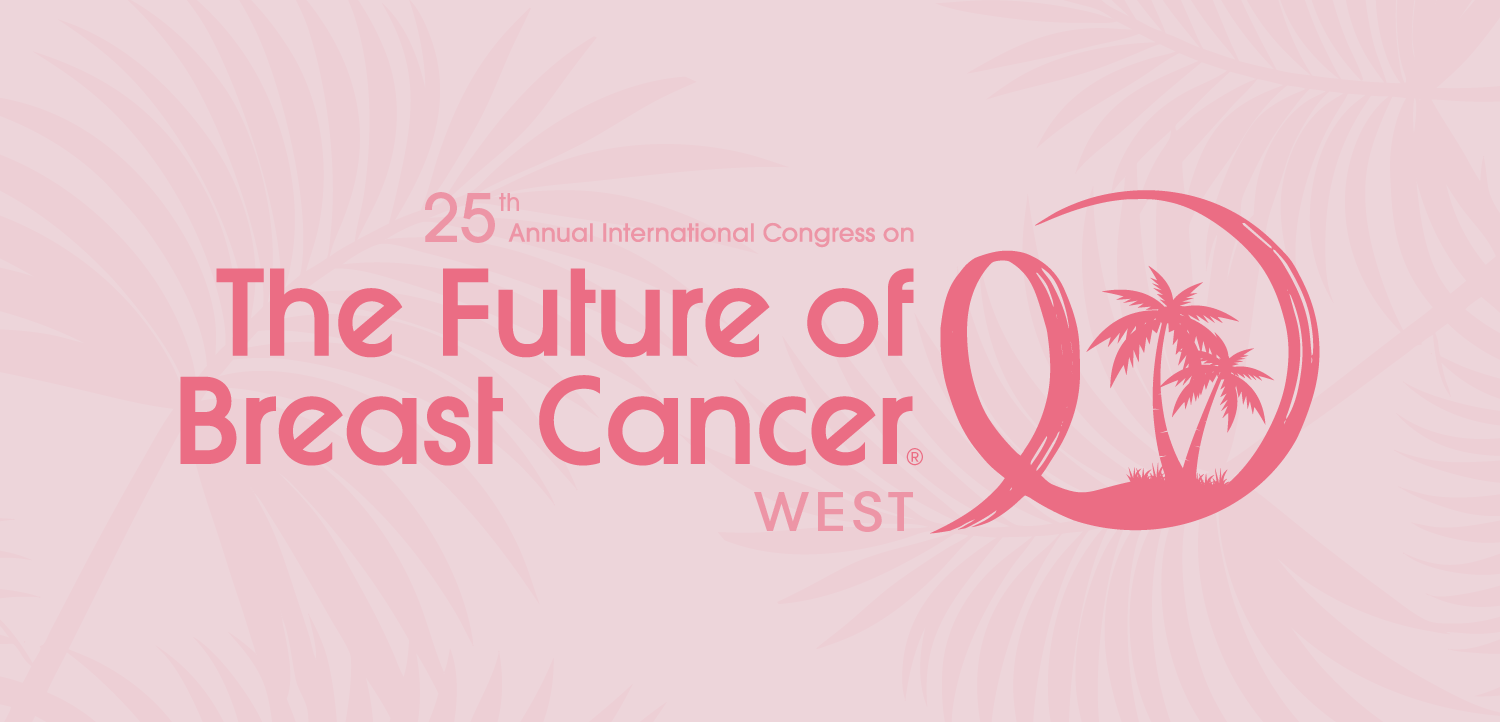
Bridging the Gap: Global Disparities in RCC Clinical Trial Access
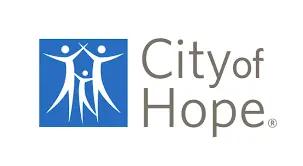
In an interview, Regina Barragan-Carrillo, MD, highlighted the ongoing global disparities in renal cell carcinoma clinical trials.
Recent analyses have shown a stark imbalance in the distribution and access to renal cell carcinoma (RCC) clinical trials, with the studies conducted heavily skewed toward high-income countries. According to Regina Barragan-Carrillo, MD, out of 357 analyzed trials, 76% were conducted exclusively in high-income countries, while low-income countries had 0 trials available over a 5-year period, leaving entire populations without access to potentially life-saving treatments.
These data come from research presented at the 2025 American Society of Clinical Oncology Genitourinary (ASCO GU) Cancers Symposium. Barragan-Carrillo, postdoctoral fellow at the genitourinary clinic at the medical oncology and medical therapeutics at City of Hope Comprehensive Cancer Center in Duarte, CA, shared that pharma-led trials in non-high–income countries are mostly late-phase, meaning early-stage research remains concentrated in wealthier nations. This creates significant delays in bringing new therapies to underserved regions.
Because of this, patients with cancer in low- and middle-income countries are faced with worse outcomes due to limited access to innovative treatments. Additionally, the lack of trials in these regions means there’s no data on how new therapies perform in diverse populations, further delaying drug approvals and worsening survival disparities.
“Survival rates for renal cell carcinoma in high-income countries are improving thanks to clinical research, but low- and middle-income countries are still dying at higher rates because they don’t have access to the same innovations. I think that’s quite an unacceptable gap,” Barragan-Carrillo told Targeted OncologyTM, in an interview.
In the interview, Barragan-Carrillo further highlighted these global disparities in RCC clinical trials.
Targeted Oncology: Can you provide some background on this research and this abstract?
Barragan-Carrillo: The biggest takeaway from this abstract is that access to renal cell carcinoma clinical trials is heavily skewed towards high-income countries, while low- and middle-income countries are largely left behind. Overall, we analyzed a total of 357 renal cell carcinoma clinical trials, and the numbers tell a very clear story. Out of these 357 trials, 76% were conducted exclusively in high-income countries, while 23% included countries classified as upper-middle income, and only 3% included countries from lower-middle income economies. The worst part is that not a single renal cell carcinoma trial was found to be active in low-income countries. That means that entire populations have zero access to clinical research in this disease setting.
We also found that pharma-led trials were much more frequently involved in non–high-income countries compared to academic or government-sponsored trials. But there’s a catch: these pharma-led trials in non–high-income countries are mostly late-phase trials, including phase 3 and phase 4, meaning that early-stage research, mostly phase 1, is still happening almost entirely in wealthier nations. This creates a huge delay in bringing new therapies to patients located in underserved areas. While pharma is technically present in non-high-income countries, research is happening much later in the process, after the drugs have already been tested in high-income populations, which is not exactly equitable.
How does the availability of RCC clinical trials vary across different income levels of countries, and why is that important to talk about?
The numbers paint a pretty stark picture of inequality. As I mentioned, out of the 357 trials we analyzed, 273—which is 76%—were exclusively available in high-income countries. When we looked at how those trials were distributed across different income levels, the pattern was very clear: the wealthier the country, the more trials it had available. Among high-income countries, 60% had at least 1 renal cell carcinoma trial available. But the numbers dropped very fast as you move down the economic scale. Only 24% of upper-middle-income countries had a trial, and just 7.7% of lower-middle-income countries had any renal cell carcinoma trial available at the point of analysis. As I mentioned before, regarding low-income countries, 0 trials were available in the 5-year span we analyzed.
Furthermore, when we looked at the odds ratio to see the possibility of having a trial available—using high-income countries as a reference (set at 1)—upper-middle-income countries have a 79% lower chance of hosting a clinical trial compared with high-income countries. Lower-middle-income countries have a 95% lower chance of having an RCC clinical trial available. And finally, low-income countries were almost completely excluded, with a 99% lower chance of having a clinical trial available. So, if you are located in a lower-income country, your chances of accessing a renal cell carcinoma trial are next to nothing.
What are the potential consequences of these disparities in clinical trial access for patients with RCC in low- and middle-income countries?
The consequences are pretty serious, and they go way beyond just research. When patients in low- and middle-income countries do not have access to clinical trials, they are missing out on potentially life-saving treatments. Think about it: if only high-income countries have new renal cell carcinoma drugs being tested, patients in low- and middle-income countries are stuck with older therapies, which might not be as effective. And it is not just about treatment options. Without clinical trials, we do not know how new drugs work in different populations. Since most renal cell carcinoma clinical trials focus on wealthier, largely white populations, we have almost no data on how these treatments perform in Latin America, Africa, and parts of Asia.
I also want to add that there is a regulatory issue to talk about. Most countries will not approve a drug until there is clinical data proving that it works in their population. But if no trials are happening there, that approval never comes or gets delayed by many years, leading to low-income countries falling further and further behind, and their patients facing the consequences. Survival rates for renal cell carcinoma in high-income countries are improving thanks to clinical research, but low- and middle-income countries are still dying at higher rates because they do not have access to the same innovations. I think that is quite an unacceptable gap.
What factors contribute to the unequal distribution of RCC clinical trials globally?
There’s a mix of factors—it is complicated to pinpoint a single one. We have economic, logistical, and systemic issues keeping trials concentrated in wealthier countries. One of the biggest factors is healthcare spending. We found a direct correlation between a country’s healthcare expenditure and its access to renal cell carcinoma trials. There is also the pharmaceutical industry’s priority: pharma companies set up trials where they expect to sell high-cost drugs, which is typically in wealthier nations with strong insurance systems.
Another huge issue is research infrastructure. Many low- and middle-income countries lack major cancer centers or enough trained investigators, making it harder to run trials there. And of course, we cannot ignore bureaucratic or administrative barriers. Some low- and middle-income countries have complicated or inconsistent regulatory processes, making it difficult for sponsors to get trials approved quickly. The combination of all these factors means that clinical trials stay in wealthier nations while low-income countries are left waiting for access.
What are some potential strategies to address these disparities in RCC clinical trial availability and improve access for patients in underserved regions?
It is a complicated problem, so fixing it will not be easy, but there are steps we can start taking. First, I think it is important to incentivize pharma to expand early-phase trials into low- and middle-income countries. This could mean offering tax breaks, grants, or regulatory fast-tracking for companies that include lower-income countries in their research. Additionally, we need to start building stronger research infrastructure in low- and middle-income countries—more trained oncologists, better-equipped cancer centers, and stronger partnerships between low- and middle-income countries and high-income institutions.
Another big effort could be regulatory streamlining. For example, if countries in Latin America or Africa work together to create a unified trial approval process, it would be a game-changer. Some companies avoid these regions because the paperwork is a significant struggle. Finally, governments and global health agencies, like the WHO, need to step up. Right now, pharma-led trials are the main sponsors of RCC research in many areas, but public institutions should also invest more in independent research to ensure equity.
How can international collaboration help bridge the gap in clinical trial access between high-income and low-income countries?
It is a bridge that needs to be built between researchers and nations. For example, annual meetings like [the American Society of Clinical Oncology] provide a good scenario to reach out to smaller companies or researchers and start understanding the needs of specific patient populations and possible solutions. But the first step is building trust and partnerships.
What role can community oncology practices play in raising awareness about these disparities?
Community oncologists play a huge role. They are the ones talking to patients every day, so they can push for more inclusive trials in several ways. First, they need to educate patients. Many people do not even know they are eligible for clinical trials, especially in low- and middle-income countries. There are many barriers in underserved populations—for example, health literacy and communication barriers with providers represent significant obstacles to clinical trial acceptance.
Community oncologists can also advocate for policy changes by pushing governments to streamline trial approvals and expand access in underserved regions. Additionally, they should partner with larger research institutions to bring trials to their local cancer centers. If more hospitals in low- and middle-income countries are research-ready, trial sponsors will start taking notice.
What are the next steps in research, in your opinion, that could further explore and address these disparities?
We need more research to pinpoint exactly why certain regions are missing out on trials. What are the biggest obstacles they are facing? Is it funding, logistics, a shortage of investigators, or infrastructure? We also need more data on renal cell carcinoma patient outcomes in low- and middle-income countries. Right now, we know there’s an access gap, but we need the numbers to better understand how it’s impacting actual survival.
Governments should test policy interventions, like the incentives I mentioned for pharma, regulatory reforms, or regional trial networks, to see what works in specific regions. What works in one country might not work in another, so we need to be very directed in our approaches. Finally, and most importantly, we need to keep pushing this issue onto the global agenda. If we don’t fix these disparities, renal cell carcinoma patients in lower-income countries will keep being left behind. As a doctor and researcher, I don’t think that’s acceptable.



